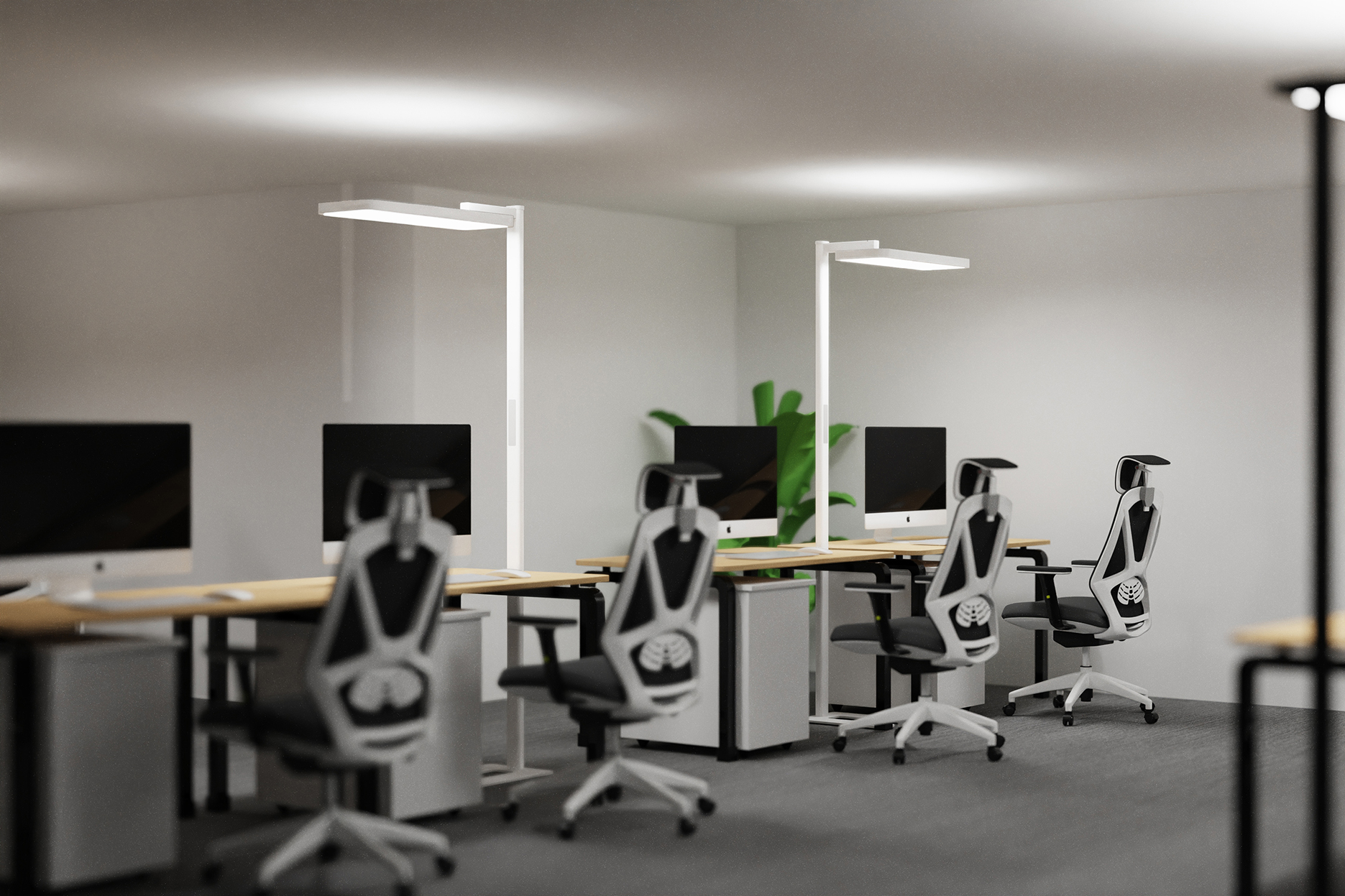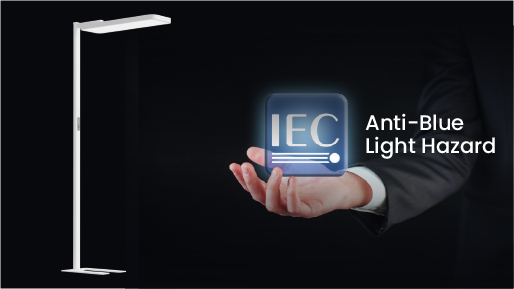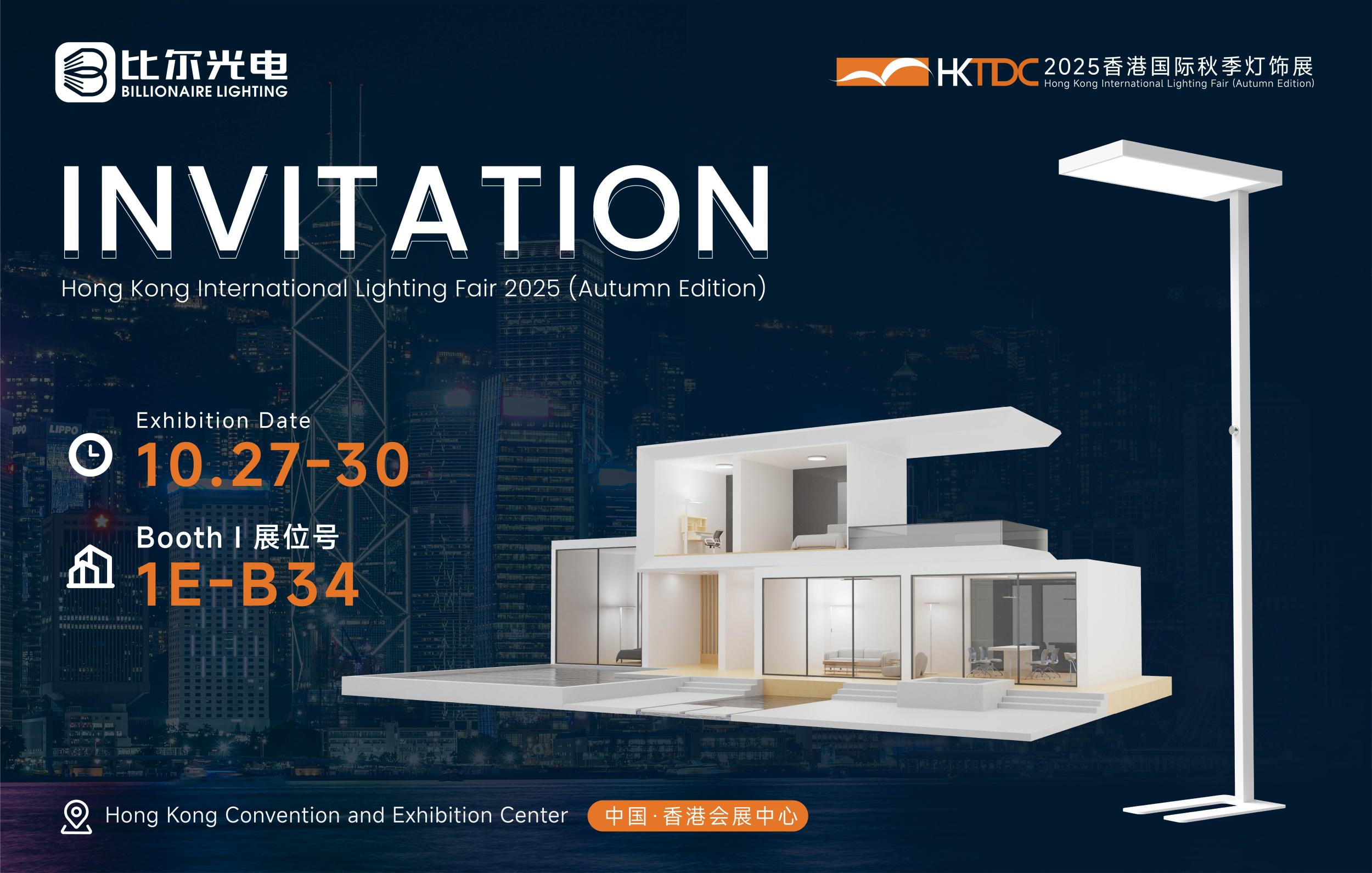Abstract
This paper explores the realm of modern pendant lights, delving into their design principles, materials, lighting technologies, and the diverse ways they enhance interior spaces. It begins with an overview of the evolution of pendant lighting and the emergence of modern design trends. The key elements that define a modern pendant light, such as its form, finish, and suspension system, are then analyzed in detail. Different styles and types of modern pendant lights, including minimalist, geometric, and sculptural designs, are discussed, along with their unique characteristics and applications. The paper also examines the role of these lights in providing ambient, task, and accent lighting, and how they can be integrated into various room settings, from living rooms and kitchens to bedrooms and dining areas. Considerations for choosing the right modern pendant light, such as size, height, and color temperature, are presented. Additionally, the future trends and potential advancements in modern pendant light design are envisioned, highlighting their continued significance in the world of interior design.
I. Introduction
Pendant lights have long been a staple in interior lighting, and in recent years, modern designs have taken center stage. These lights not only serve the practical purpose of illuminating a space but also act as a design element that can transform the look and feel of a room. With their sleek lines, innovative materials, and advanced lighting technologies, modern pendant lights offer a perfect blend of form and function, making them a popular choice for homeowners and interior designers alike. Whether used to create a focal point, provide task lighting, or add a touch of ambiance, modern pendant lights have the power to enhance any interior space.
II. Design Elements of Modern Pendant Lights
A. Form and Shape
Modern pendant lights are characterized by their clean and simple forms. Geometric shapes, such as circles, squares, rectangles, and triangles, are commonly used to create a minimalist and contemporary look. These shapes can be combined or modified to produce unique and eye-catching designs. For example, a pendant light with a spherical glass shade and a slender metal rod suspension gives a modern and elegant appearance. Some modern pendant lights also feature more complex and sculptural forms, inspired by nature or abstract art. These designs add a sense of drama and creativity to the space, making them a statement piece. The form of the pendant light is carefully considered to balance aesthetics and functionality, ensuring that it provides the right amount of light and complements the overall decor of the room.
B. Materials and Finishes
The choice of materials and finishes is crucial in modern pendant light design. Metals, such as stainless steel, aluminum, and brass, are popular for their durability, sleek appearance, and ability to be molded into various shapes. Stainless steel offers a modern and industrial look, while brass adds a touch of warmth and luxury. Aluminum is lightweight and often used in more minimalist designs. Glass is another commonly used material, providing transparency and a soft diffusion of light. It can be clear, frosted, or tinted to create different lighting effects. Acrylic and plastic are also used for their versatility and cost-effectiveness. In terms of finishes, matte, polished, and brushed finishes are prevalent. A matte finish gives a subdued and sophisticated look, while a polished finish adds a shiny and reflective element. The combination of different materials and finishes is carefully curated to create a harmonious and visually appealing design.
C. Suspension System
The suspension system of a modern pendant light is not only a functional component but also a design feature. It determines the height at which the light is hung and the way it is positioned in the room. Cables, rods, and chains are commonly used as suspension elements. Thin and transparent cables give a floating and minimalist appearance, while metal rods add a more structured and industrial look. Chains can be used to create a more decorative and vintage-inspired effect. The length of the suspension can be adjustable in many modern pendant lights, allowing users to customize the height according to their needs and the space. Some pendant lights also feature unique suspension systems, such as angled or multiple-arm suspensions, which can direct the light in different directions and create interesting lighting patterns.
III. Styles and Types of Modern Pendant Lights
A. Minimalist Style
Minimalist modern pendant lights are all about simplicity and understated elegance. They feature clean lines, a monochromatic color palette, and a focus on the essential elements of lighting. These lights often have a single, unadorned shade and a simple suspension system. The minimalist style is perfect for those who prefer a clutter-free and modern aesthetic, as it blends seamlessly with a variety of decor schemes. A white or black minimalist pendant light can add a touch of sophistication to a neutral-toned room, while a metallic finish can provide a subtle accent and a sense of luxury. Minimalist pendant lights are commonly used in living rooms, bedrooms, and home offices, where a calm and unobtrusive lighting solution is desired.
B. Geometric Style
Geometric modern pendant lights are inspired by mathematical shapes and patterns. They feature bold and angular forms, such as cubes, pyramids, and hexagons, which create a sense of visual interest and modernity. These lights can be used to make a statement in a room, especially when grouped together or used in a linear arrangement. Geometric pendant lights are often made of metal or glass, and the combination of different materials and finishes can enhance their three-dimensional effect. They are suitable for contemporary and modern interiors, adding a touch of playfulness and creativity to the space. These lights are commonly found in dining areas, where they can provide focused illumination over the table, or in entryways, to create a dramatic first impression.
C. Sculptural Style
Sculptural modern pendant lights are designed to be a work of art in themselves. They feature unique and organic shapes that mimic the forms found in nature or abstract sculptures. These lights are often handcrafted or made using advanced manufacturing techniques to achieve their intricate designs. The use of materials and finishes is carefully considered to enhance the sculptural quality of the light, with attention to detail and craftsmanship. A sculptural pendant light can add a sense of drama and personality to the room, making it a conversation piece and a statement of the homeowner's taste and style. These lights are ideal for living rooms, foyers, and large open spaces, where they can become a focal point and enhance the overall aesthetic of the area.
IV. Lighting Functions of Modern Pendant Lights in Interior Spaces
A. Ambient Lighting
One of the primary functions of modern pendant lights is to provide ambient lighting. This type of lighting creates a general and comfortable level of illumination throughout the room, setting the overall mood and atmosphere. A pendant light with a wide and diffused shade can emit a soft glow that fills the space, making it feel warm and inviting. The color temperature and brightness of the ambient light can be adjusted to create different moods, such as a cozy and relaxing atmosphere in the evening or a bright and airy feel during the day. By using multiple pendant lights or a pendant light with a cluster design, a more even and widespread ambient lighting can be achieved. Pendant lights used for ambient lighting are often placed in the center of a room or in a strategic location to provide a balanced illumination.
B. Task Lighting
Modern pendant lights are also excellent for providing task lighting in specific areas. For example, in a kitchen, a pendant light above the countertop can provide focused illumination for food preparation, cooking, and reading recipes. The adjustable height and direction of some pendant lights allow users to direct the light precisely where it is needed, reducing eye strain and improving efficiency. In a home office, a pendant light above the desk can provide sufficient light for working on a computer or reading documents. The ability to customize the lighting according to the task at hand makes modern pendant lights a practical and functional choice for task lighting. The light source and shade design are carefully chosen to ensure that the light is focused and glare-free, providing optimal visibility for the task.
C. Accent Lighting
In addition to ambient and task lighting, modern pendant lights can be used to create accent lighting in a room. This involves highlighting specific objects or areas to add visual interest and draw attention. For example, a pendant light with a spotlight or a narrow beam can be directed towards a piece of art, a photograph, or a decorative object on a shelf, enhancing its appearance and creating a focal point. Accent lighting can also be used to define a particular area in the room, such as a conversation nook or a reading corner. By using a pendant light to provide accent lighting, homeowners can add a touch of drama and personality to their interior decor, making the space more visually appealing and engaging.
V. Considerations for Choosing the Right Modern Pendant Light
A. Room Size and Layout
When choosing a modern pendant light, it is important to consider the size and layout of the room. A larger room may require a larger or multiple pendant lights to provide sufficient illumination and make a visual impact. The height at which the pendant light is hung is also crucial and depends on the ceiling height and the function of the room. In a living room or dining area, the pendant light should be hung at a height that allows for comfortable conversation and unobstructed views. In a kitchen, the height should be adjusted to provide optimal task lighting without interfering with the movement in the space. Additionally, the layout of the room and the placement of furniture should be taken into account to ensure that the pendant light is positioned in a way that complements the overall design and functionality of the space.
B. Color Temperature and Brightness
The color temperature and brightness of the pendant light are important factors in creating the desired mood and functionality in the room. Color temperature is measured in Kelvin (K) and ranges from warm white (around 2700K - 3000K) to cool white (around 5000K - 6000K) and daylight (around 6500K). Warm white light is generally more suitable for creating a cozy and relaxing atmosphere, while cool white or daylight light is better for tasks that require greater visual acuity, such as reading or working. The brightness of the pendant light, measured in lumens, should also be appropriate for the room size and the intended use. A living room used mainly for socializing and relaxation may require a lower lumen output, while a room where a lot of reading or detailed work is done may need a higher lumen output. Some modern pendant lights come with adjustable color temperature and brightness settings, allowing users to customize the lighting according to their needs and preferences.
C. Style and Compatibility
The style of the modern pendant light should complement the existing decor of the room. Whether it's a modern, minimalist, industrial, or eclectic style, there are numerous designs available to match any aesthetic. Consider the materials, finishes, and overall design of the light to ensure that it blends well with the furniture, color scheme, and other decorative elements in the room. A well-chosen pendant light can enhance the overall look and feel of the room, while a mismatched one can disrupt the harmony of the space. Additionally, think about the functionality and features of the light, such as its adjustability and lighting technology, to ensure that it meets your specific needs and preferences.
VI. The Role of Modern Pendant Lights in Creating a Cozy and Inviting Interior Space
A. Mood and Atmosphere
Modern pendant lights play a significant role in creating the mood and atmosphere in a room. The soft and diffused light they emit can transform the space into a warm and inviting environment, perfect for relaxing and socializing. By choosing the right color temperature and brightness, homeowners can create a cozy and intimate atmosphere in the evenings, ideal for watching movies, having conversations, or simply unwinding after a long day. The warm glow of a pendant light can also add a sense of comfort and security, making the room a more inviting place to be. In contrast, a cooler or brighter light can be used during the day or for activities that require more focus and energy, such as reading or working.
B. Visual Interest and Aesthetic Appeal
In addition to enhancing the mood, modern pendant lights also add visual interest and aesthetic appeal to the room. Their unique designs and forms can serve as a focal point or a decorative element, enhancing the overall decor. Whether it's a minimalist pendant light that adds a touch of elegance or a sculptural pendant light that makes a bold statement, these lights can elevate the style of the space. The combination of different materials and finishes, such as a glass shade with a metal suspension, creates a pleasing visual contrast and texture. By carefully selecting and positioning modern pendant lights, homeowners can enhance the visual appeal of their interior space and make it more inviting and engaging.
C. Comfort and Functionality
Modern pendant lights also contribute to the comfort and functionality of the room. By providing ambient, task, and accent lighting, they ensure that the space is well-lit for various activities. The ability to adjust the height, direction, and brightness of the lights allows users to customize the lighting to their specific needs, reducing eye strain and improving overall comfort. For example, a pendant light with a flexible arm can be easily adjusted to provide the right amount of light for reading without causing glare or shadows. This flexibility in lighting design makes the room a more comfortable and functional space, enabling homeowners to engage in different activities with ease.
VII. Future Trends and Advancements in Modern Pendant Light Design
A. Smart Lighting Integration
The future of modern pendant light design is likely to see increased integration with smart lighting technology. This includes features such as wireless connectivity, allowing users to control the pendant light through smartphone apps or voice commands. Smart pendant lights could be integrated with home automation systems, enabling them to be programmed to turn on and off at specific times, adjust brightness and color temperature based on the time of day or the user's preferences, and even respond to occupancy sensors or other environmental conditions. For example, a pendant light could automatically turn on when someone enters the room and adjust the lighting to a pre-set ambient level. This level of control and automation not only adds convenience but also enhances the energy efficiency and functionality of the pendant light.
B. Sustainable and Eco-friendly Designs
As environmental awareness grows, there will be a greater emphasis on sustainable and eco-friendly pendant light designs. This may include the use of recycled materials in the construction of the fixture, such as recycled metal for the base or recycled glass for the shade. Manufacturers may also focus on reducing the energy consumption of pendant lights even further, through the development of more efficient LED technologies and improved light distribution systems. Additionally, pendant lights may be designed with a longer lifespan and easier recyclability in mind, reducing waste and environmental impact. For example, modular pendant light designs that allow for easy replacement of components could be more prevalent, extending the useful life of the fixture and reducing the need for frequent replacements.
C. Innovative Lighting Effects and Technologies
Advancements in lighting technology may lead to the development of new and innovative lighting effects in modern pendant lights. This could include the use of dynamic lighting, such as color-changing LEDs or lights that can mimic natural lighting patterns, such as the sunrise and sunset. These lighting effects could be used to create a more immersive and relaxing atmosphere in the room, enhancing the overall user experience. Additionally, new materials and technologies may be developed to improve the quality and performance of pendant lights. For example, the use of advanced diffuser materials that can provide even more uniform and glare-free lighting, or the development of self-cleaning surfaces for the shade to reduce maintenance requirements.
In conclusion, modern pendant lights are a versatile and stylish lighting solution that can enhance the aesthetic appeal, functionality, and comfort of any interior space. By considering the design elements, styles, lighting functions, and various factors when choosing a pendant light, homeowners can select the perfect fixture to meet their specific needs and create a cozy, inviting, and well-lit room. Looking ahead, the future of modern pendant light design holds exciting possibilities, with smart lighting integration, sustainable designs, and innovative lighting effects set to transform the way we illuminate our living spaces.



